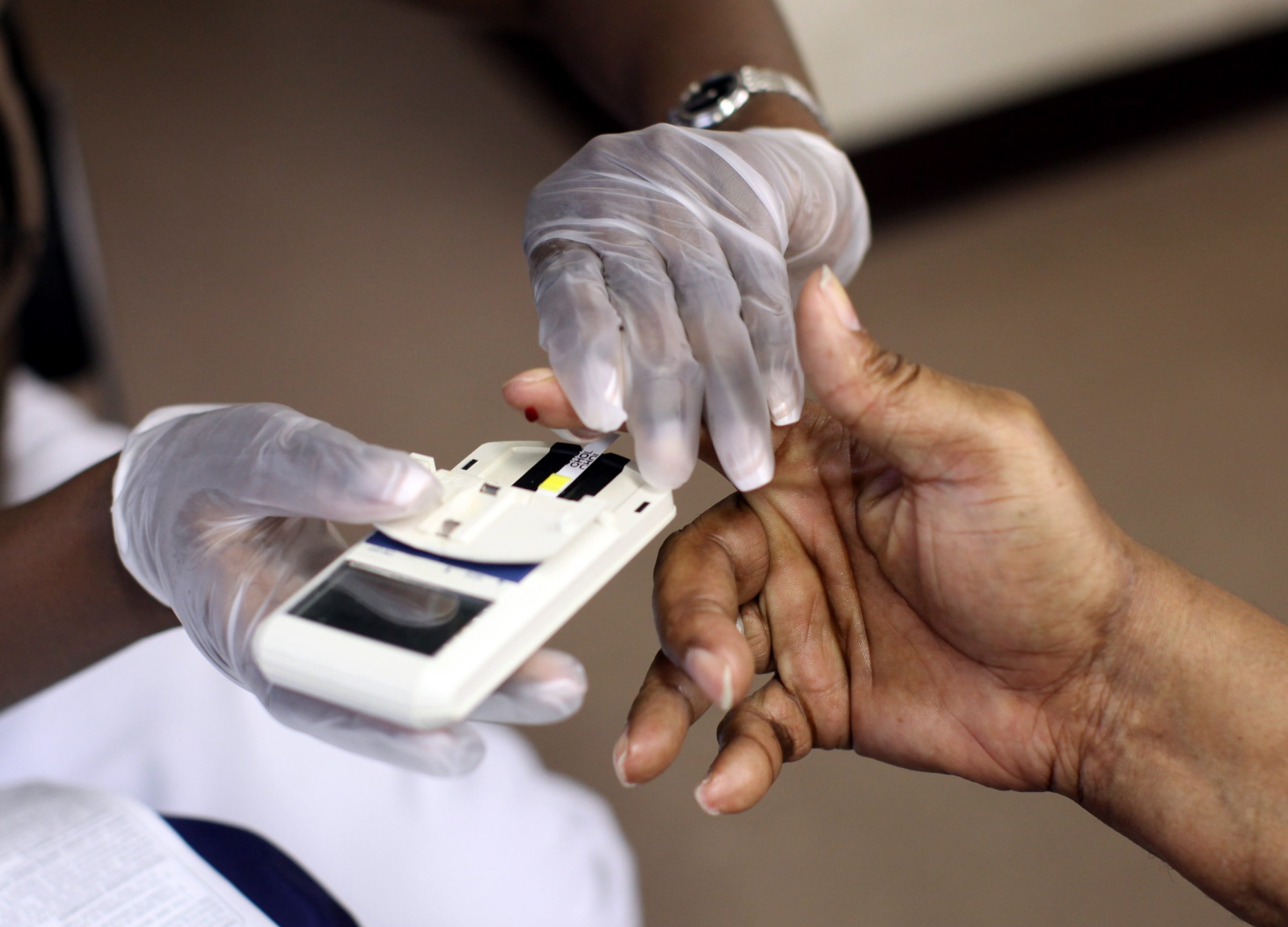
We don’t like to think about them, but we have trillions of bacteria living inside and on us. They’re not the disease-causing kind, but these microbes, primarily those that reside in our gut, help us digest food, keep the bad bugs at bay and, it turns out, have a lot to do with our metabolism.
In a study published in the journal Circulation Research, scientists led by Jingyuan Fu from the University Medical Center Groningen in the Netherlands, and her colleagues quantify for the first time exactly how much the microbes in the gut contribute to blood cholesterol levels. Previous studies showed that the makeup of bacteria in the gut can influence obesity and heart disease, but it wasn’t clear by how much.
MORE: Premature Births Linked to Certain Bacteria
Studying 893 people who provided fecal and blood samples, Fu and her team genetically sequenced the microbial material to get a better sense for which bacterial populations occupied the gut. They found 34 unique bacterial sequences that were linked to body mass index (BMI, a measure of height and weight) and blood lipid levels. Then they calculated how much variation in these groups of bacteria affected BMI and lipid levels.
After accounting for age, gender and genetics, they concluded that the gut microbes accounted for 4.5% to 6% of the differences among the participants in triglyceride and HDL levels. Triglycerides are linked to higher risk of diabetes and heart disease, while HDL is connected with lower risk of these problems. When they included the microbiome, along with age, gender and genetics in looking at BMI and lipids, the combined contribution explain 26% of the differences in HDL (without the microbial information, the other factors explained about 19% to 20% of the variation among people).
MORE: A Strange New Way to Solve Crimes
Having hard numbers to understand how much gut microbes might be contributing to metabolism, and therefore to the risk of chronic conditions such as heart disease, diabetes and obesity, may create a new ways of treating them. “We can intervene with bacterial populations in the future,” says Fu, “because the microbiome can be targeted for treatment with probiotics or medicine.”
Before that can happen, however, she says that more studies to better understand what function the various bacteria have will be needed. So far, less than 30% of bacteria can be cultured outside of the body, which makes studying them more challenging, but researchers are working on ways to improve that. Once that happens, then scientists can manipulate the bacteria and study them in mouse populations to pinpoint which bugs contribute most directly to things such as HDL and BMI, and how to manipulate them to promote healthier levels.
More Must-Reads from TIME
- Donald Trump Is TIME's 2024 Person of the Year
- Why We Chose Trump as Person of the Year
- Is Intermittent Fasting Good or Bad for You?
- The 100 Must-Read Books of 2024
- The 20 Best Christmas TV Episodes
- Column: If Optimism Feels Ridiculous Now, Try Hope
- The Future of Climate Action Is Trade Policy
- Merle Bombardieri Is Helping People Make the Baby Decision
Contact us at letters@time.com